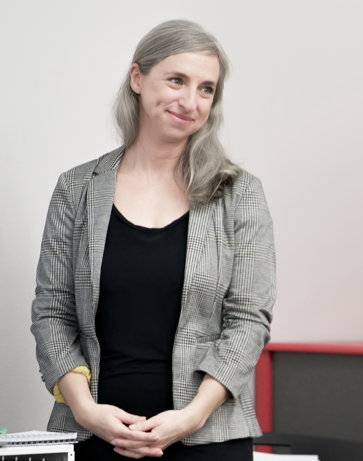It’s exciting to be part of LavaCon 2017. This conference has truly earned its reputation for being a go-to event for Content Strategists and TechComm enthusiasts. It’s no surprise that this year’s attendance is the highest ever!
The standout themes for Day 1 were all about embracing change and the evolution of content functions.
How do you keep up with constant change? Put your customers first and develop data-driven, scalable processes to continuously optimize for your customers.
Know Your Purpose
Day 1 began with a welcome from Jack Molisani, where he gave a specific call-to-action:
- Know your company’s mission statement (if you don’t know it, look it up … NOW).
- Consider your company’s mission statement in all your takeaways.
- Apply your takeaways as action items to support your company’s mission statement.
Knowing your purpose and where your role fits into your bigger company vision is critical. Aaron Fulkerson further explored how a modern content professional fits into organizational functions. Good news … content is more important than ever! Content Professionals need to be agents of change to ensure that content experience adapts to customer expectations.
Hoa (pronounced “Wah”) Aldous expanded on the theme of embracing change, and Andrea Zeller demoed some fun examples of how content is fueling new virtual reality experiences.
Span Silos
The afternoon breakout sessions offered practical methods for fulfilling this year’s LavaCon theme–Spanning Silos. Building these functional bridges in your organization happens in a few ways:
- Customer Focus – Putting the customer first is easier said than done. Personalization and data-driven processes are key to ensuring that content meets your customer’s needs.
- Scalability – Growing efficiently requires content that can scale effectively. Structured content is critical to making your content work for you and your customers.
- Measurable Insights – Static content experiences will continue to become more obsolete. Dated content delivery (i.e., PDFs) doesn’t serve your customer’s objectives and can’t provide the content analytics you need to evolve.
Listen To Your Customers
Hopefully you’re already benefiting from direct customer engagement. If not, build a business case for why you need to listen to your customers. Fortunately, the closing sessions on Day 1 provided excellent fuel for a strong business case.
Jon Ann Lindsey shared some valuable lessons for how listening to customers helped a little company called Google improve their help content. Stefan Gentz presented some entertaining data about customer attention spans and how Adobe adapted their technical communication strategy.
Day 1 has been a great orientation for the hottest topics impacting content today, plus methods to propel effective content optimization going forward.
While Day 1 of LavaCon urged us to embrace change and prepare for the evolution of content, Day 2 focused more on strategic thinking to start taking action.
The morning of Day 2 began with keynote sessions that set a strong tone for the rest of the day:
- Megan Gilhooly challenged us to Think Bigger and question some of our most common assumptions.
- Eeshita Grover inspired a room full of introverts to realize that introverts make excellent leaders.
- Melinda Howard Belcher walked through how to engage each functional team to work together towards the same experience-first content strategy.
- Joe Gollner beamed-in to virtually introduce Content 4.0, a theme that appeared in other sessions throughout the day.
TechComm 4.0
The morning inspired attendees to question assumptions and prepare to expand into the voice revolution. These propelling themes continued throughout the midday breakout sessions.
Presentations focused on practical workflows to enable the conveyance of content delivery through organizations. DITA, intelligent content, Information 4.0, Content 4.0, and practical methods to span silos were covered in various sessions.
Ready for what’s next
The closing sessions on Day 2 provided more guidance for expanding content into the 4.0 reality.
Hannan Saltzman made it clear that in the coming years, even page one on Google won’t be good enough anymore–yet another assumption to reconsider. The massive increase in voice searches means that many users will likely only get an answer from the top spot. He also recommended that even gated content should become optimized for voice searches.
Keith Boyd declared this the year of the MOOC. He encouraged Content Strategists to explore further learning through the MOOC format, which is growing in popularity.
Cruce Saunders rounded out the day by talking through the newer modalities for how content will be published in the 4.0 information age.
This content originally appeared on the MindTouch.com blog: LavaCon 2017 Day 1 | LavaCon 2017 Day 2











